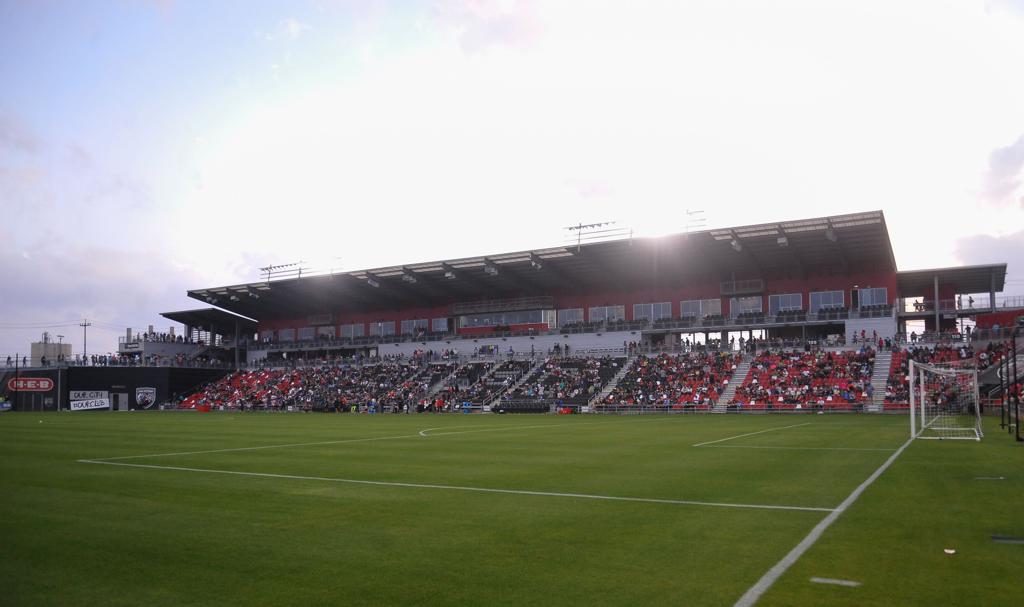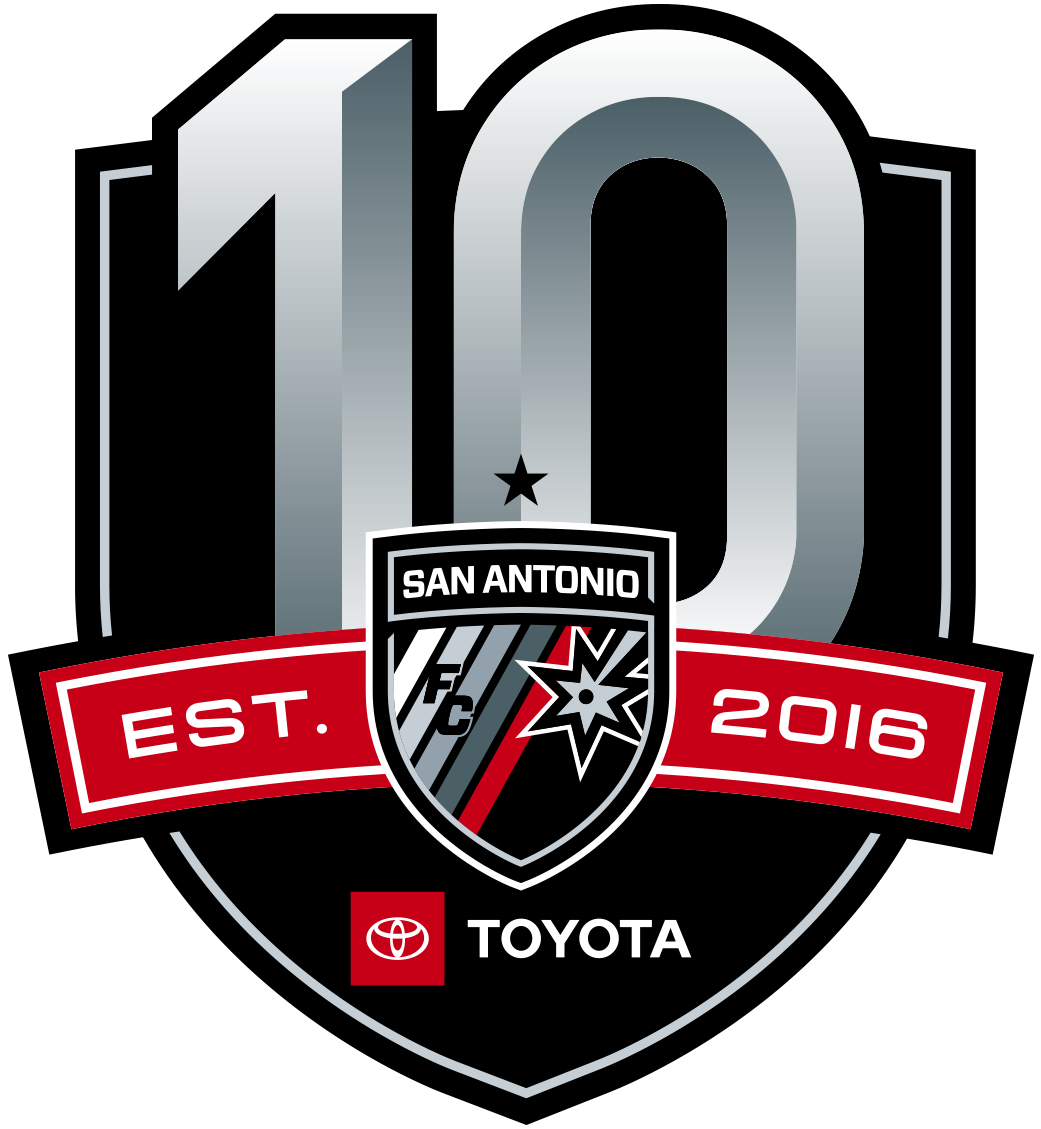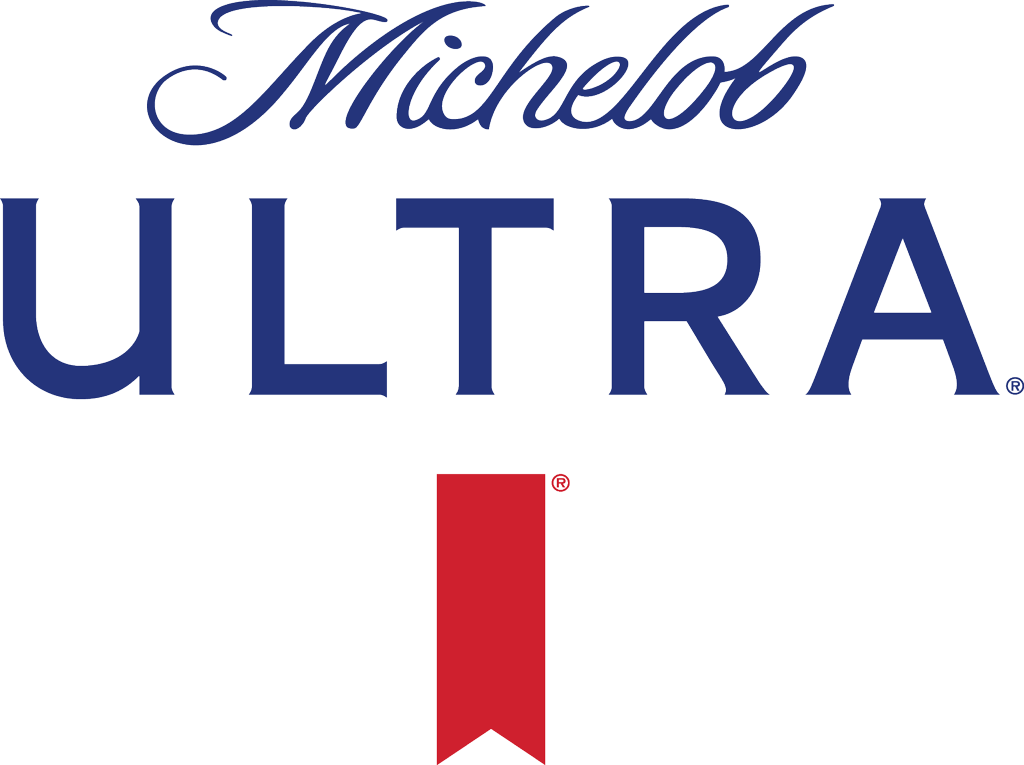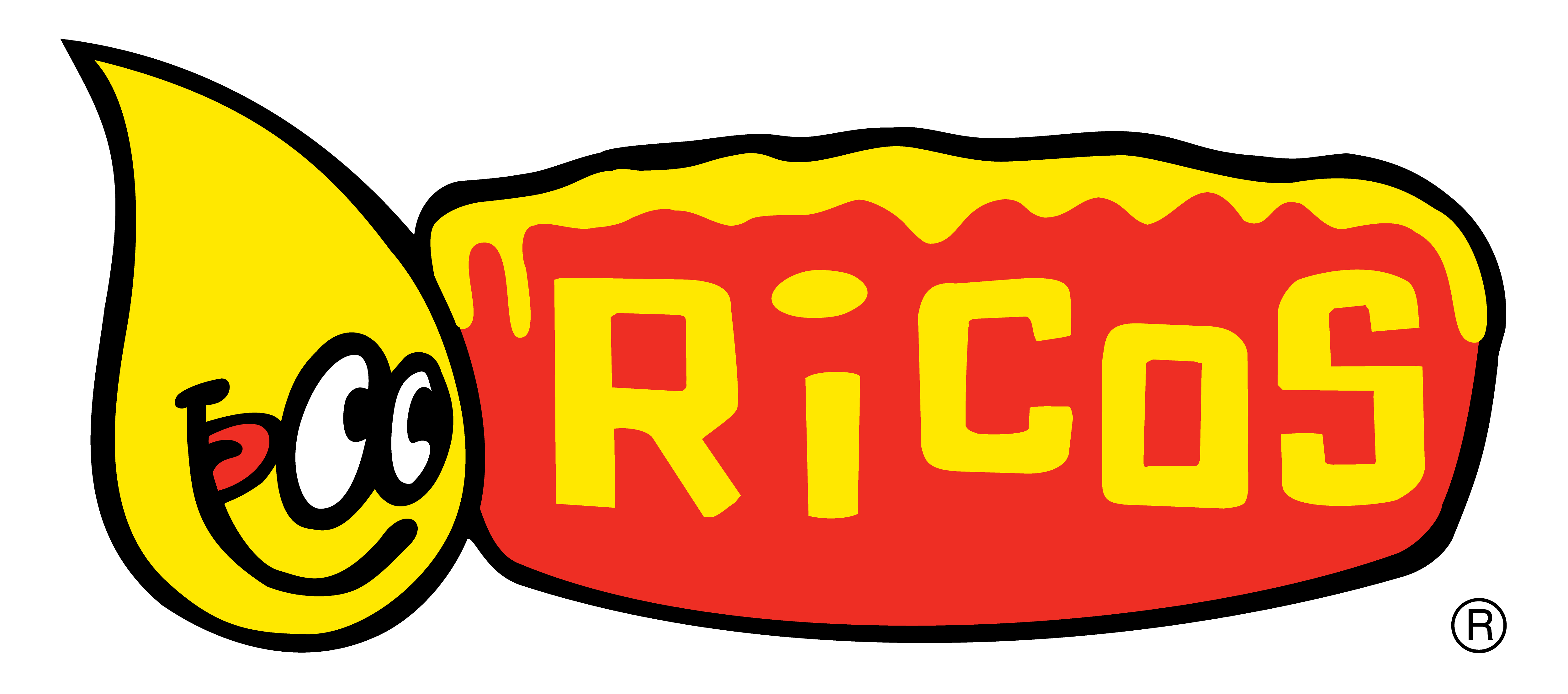
As a young and growing soccer club with high aspirations, San Antonio FC has continuously expressed its determination to perform as a top-quality organization. This Saturday, SAFC will extend its pursuit of excellence off the pitch as Glenn Davis and John Harkes team up in the commentary booth for the match broadcast on Fox Sports Southwest.
Both Davis and Harkes have extensive experience working in the beautiful game. Davis is widely recognized as one of the best broadcasters in soccer, while Harkes is a former U.S. National Team player and USL Head Coach who brings a wealth of experience to commentating. The duo has worked together in the past, calling big matches such as World Cup qualifiers abroad.
“I’m very excited to come to San Antonio and to be at Toyota Field,” Davis said. “I’ve taken in games there in the past, but I’m looking forward to being there as a broadcaster. I’m pulling for the city to be an MLS market, so I’m looking forward to being down there and being a part of it.”
Davis attributes part of the increasing success of soccer and the USL in America to television and the accessibility to watch the sport, and despite the competition among networks and leagues to secure TV deals, televising matches on local networks can significantly help expand a club’s footprint among its community and immerse those watching from afar into the stadium experience.
In the case of San Antonio FC, broadcasting matches on TV is crucial in order to generate awareness, but it’s also especially important for the club to show its commitment to operating at the high-level standards of MLS as it aims to reach the top flight of American soccer.
“I think clubs have to have television,” Davis said. “It becomes an opportunity to remind people that they’re serious about the product and to show off the players, team, stadium and environment. It’s important to put resources into it. We look at MLS and see different levels of resources put into TV by different teams and the different ratings that they get. Television allows for viewership to increase because of its accessibility, so it’s an important component.”
Davis sees television as a significant investment in continuing to grow the sport in America, but he says it’s also important to establish a culture of fans who are excited about the sport and who develop a sense of pride in their city through their club. San Antonio’s soccer history is a perfect example of the development of a true soccer culture that is constantly growing and evolving.
A passionate culture, combined with the regionalization of rivalries, make the addition of San Antonio FC into MLS appealing. The soccer history of the Alamo City combined with the natural rivalries that would develop with the Houston Dynamo and FC Dallas are an ideal combination that would help generate interest for not only those three clubs, but for all of MLS as well.
“That sort of regionalization would be a wonderful thing,” Davis said. “I think it makes a lot of sense when it comes to traveling support and interest. You always hope rivalries help boost each side of the rivalry and I think that could be a great one if it San Antonio joined the league.”
For now, however, San Antonio FC must continue to strive to be the best USL club it can be and continue exploring ways to improve and operate at the highest level possible. For Davis, San Antonio’s past and present in soccer make the city an ideal candidate for MLS, and he is rooting for the club’s success in its aspirations.
“San Antonio is a great city and has a lot of soccer history dating all the way back to the NASL days of Bobby Moore and the San Antonio Thunder. The city has history and people who love the sport. I love the size of the market and the stadium, and there are a lot of energetic people and good college programs like Trinity University, [The University of the] Incarnate Word and others. There’s everything there that you need, so let’s keep our fingers crossed.”
As a young and growing soccer club with high aspirations, San Antonio FC has continuously expressed its determination to perform as a top-quality organization. This Saturday, SAFC will extend its pursuit of excellence off the pitch as Glenn Davis and John Harkes team up in the commentary booth for the match broadcast on Fox Sports Southwest.
Both Davis and Harkes have extensive experience working in the beautiful game. Davis is widely recognized as one of the best broadcasters in soccer, while Harkes is a former U.S. National Team player and USL Head Coach who brings a wealth of experience to commentating. The duo has worked together in the past, calling big matches such as World Cup qualifiers abroad.
“I’m very excited to come to San Antonio and to be at Toyota Field,” Davis said. “I’ve taken in games there in the past, but I’m looking forward to being there as a broadcaster. I’m pulling for the city to be an MLS market, so I’m looking forward to being down there and being a part of it.”
Davis attributes part of the increasing success of soccer and the USL in America to television and the accessibility to watch the sport, and despite the competition among networks and leagues to secure TV deals, televising matches on local networks can significantly help expand a club’s footprint among its community and immerse those watching from afar into the stadium experience.
In the case of San Antonio FC, broadcasting matches on TV is crucial in order to generate awareness, but it’s also especially important for the club to show its commitment to operating at the high-level standards of MLS as it aims to reach the top flight of American soccer.
“I think clubs have to have television,” Davis said. “It becomes an opportunity to remind people that they’re serious about the product and to show off the players, team, stadium and environment. It’s important to put resources into it. We look at MLS and see different levels of resources put into TV by different teams and the different ratings that they get. Television allows for viewership to increase because of its accessibility, so it’s an important component.”
Davis sees television as a significant investment in continuing to grow the sport in America, but he says it’s also important to establish a culture of fans who are excited about the sport and who develop a sense of pride in their city through their club. San Antonio’s soccer history is a perfect example of the development of a true soccer culture that is constantly growing and evolving.
A passionate culture, combined with the regionalization of rivalries, make the addition of San Antonio FC into MLS appealing. The soccer history of the Alamo City combined with the natural rivalries that would develop with the Houston Dynamo and FC Dallas are an ideal combination that would help generate interest for not only those three clubs, but for all of MLS as well.
“That sort of regionalization would be a wonderful thing,” Davis said. “I think it makes a lot of sense when it comes to traveling support and interest. You always hope rivalries help boost each side of the rivalry and I think that could be a great one if it San Antonio joined the league.”
For now, however, San Antonio FC must continue to strive to be the best USL club it can be and continue exploring ways to improve and operate at the highest level possible. For Davis, San Antonio’s past and present in soccer make the city an ideal candidate for MLS, and he is rooting for the club’s success in its aspirations.
“San Antonio is a great city and has a lot of soccer history dating all the way back to the NASL days of Bobby Moore and the San Antonio Thunder. The city has history and people who love the sport. I love the size of the market and the stadium, and there are a lot of energetic people and good college programs like Trinity University, [The University of the] Incarnate Word and others. There’s everything there that you need, so let’s keep our fingers crossed.”













































































































































































































































































































